Applying mustard to your rack of ribs is a great way to ensure that the rub stays on the meat. You then get a delightful crust on top.
I actually picked up this trick from a pitmaster friend of mine. I was watching them work their magic with ribs, hoping to pick up some tips when I noticed them applying mustard to the rack. When I asked why they explained the whole concept to me and I was blown away!
In this post, I will explain why you should use mustard on ribs, how to do it, and if there are any alternatives to this ingredient. Let’s begin!
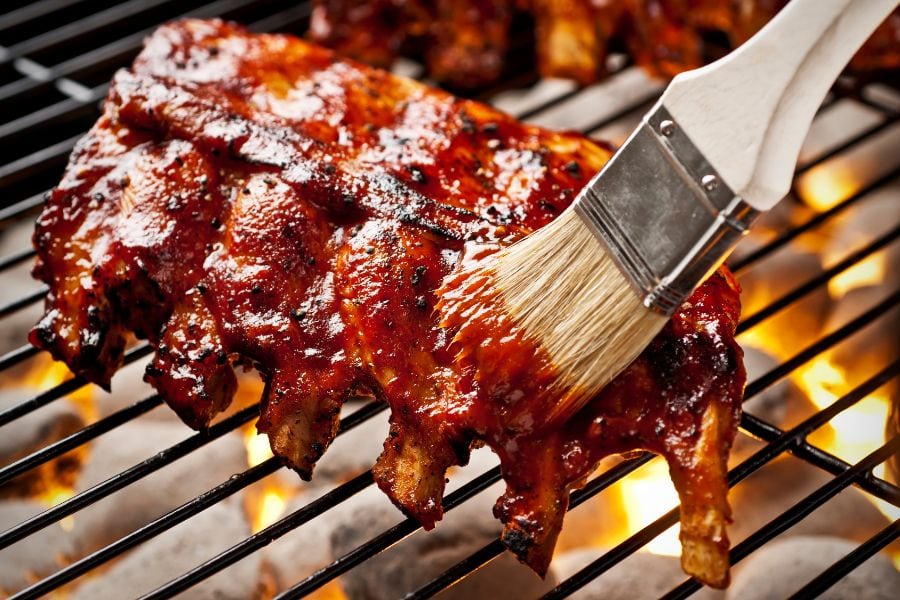
Let’s get the most important question out of the way:
Why does anyone apply mustard to ribs anyway?
Well, the main function of mustard is to act as a binder. It ensures that the rub sticks to the meat rather than the dry rub simply falling off the meat and bone.
In turn, your rib rack ends up a lot tastier.
Now, this isn’t just done for pork ribs. You can use mustard on any kind of meat that you are roasting, grilling, or smoking, including rib roasts.
Well, for one thing, mustard does a really good job. It has a slightly thick consistency and is tacky enough to ensure that the dry rub sticks onto the surface of the meat.
For another, mustard, especially yellow mustard is readily available and fairly affordable. So, rather than using some expensive ingredients that you have to go out and buy, you can instead use what is already in your refrigerator.
However, I would argue that one of the top reasons that mustard is used as a binding agent is because there is very little trace of it after the smoking process.
See, if you apply anything with a liquid or water content to the surface of the rib rack, these liquids evaporate when exposed to heat for a certain period of time. All that is then left is the soluble ingredients that were dissolved in the water.
If you were to consider the ingredients in mustard or yellow mustard, you would see that many of the spices are similar or the same as the ones used in the dry rub. This includes paprika, garlic powder, etc.
Due to this, when the liquid in it such as distilled white vinegar or white wine evaporates, you will not notice the original flavor of the mustard. So, the flavor of the meat will not be altered in any way!
This is important because the pork flavor tends to be pretty mild. It is easily overpowered so it is key that you don’t use any ingredients that can overwhelm the natural rib flavor.
Now, if you were to ask anyone how to add more flavor to your rib rack, one of the first things they would recommend is dry brining.
This is where you apply kosher salt over the entirety of each pork rib. Then, you let the rack sit for several hours.
During this period, dry brining works by softening the meat. This is because the sodium and chloride ions in the salt, mix with the meat’s juices and break down the proteins in the pork. In turn, the meat is more likely to absorb both water and salt, adding moisture and flavor.
Now, you are only supposed to add kosher salt. However, some people believe that adding the dry rub during this process will help the flavors of the spices to really seep into the meat.
Unfortunately, things don’t work that way. While the salt breaks down the proteins and is absorbed into the meat, the other spices can’t do this.
So, even if you leave dry rubs on the meat for hours on end, it isn’t going to really add much in the way of flavor. Due to this, you still need to make sure that the rub stays on the rib rack if you want it to taste really good.
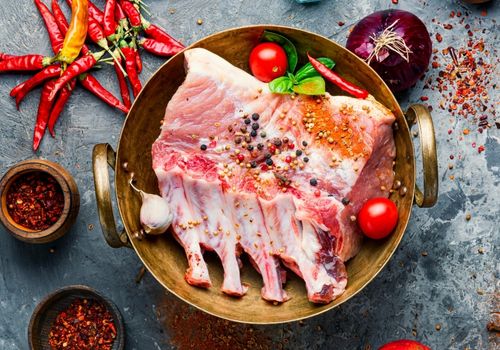
No, of course, you don’t have to use mustard on your rib rack if you don’t want to. In fact, I know plenty of people who choose to add salt and other dry ingredients directly to the surface of the meat and let the heat take care of the rest.
Personally, though, I always apply mustard to my rib rack. I have experimented with or without and I have consistently found that when I do use mustard I get better results.
If you aren’t too sure whether you should use mustard or not, try running an experiment with two racks. Apply mustard followed by the dry rub to one. For the other, don’t apply any mustard at all, and sprinkle on the dry rub instead.
Make sure to keep all other factors and elements during the smoking process exactly the same. This way you can get more accurate results to decide which option is right for you.
I have found yellow mustard to be the best option for a few reasons. First, yellow mustard doesn’t have as strong of a flavor as other mustards. Due to this, it doesn’t leave any strong aftertaste and once it has evaporated, you will never even have known that it was used.
Keep in mind that there are some people who don’t like the taste of mustard. So, it is best to stick to a binder that will leave little to no taste once the cooking is done.
The other benefit is that the yellow version tends to be flavored with ingredients like garlic powder, like with your dry rub. Due to this, it really amplifies the flavor of your pork ribs.
There is also the fact that yellow mustard is the cheapest kind. So, even if you are cooking up numerous racks, you can still liberally apply it to each one and not feel the financial pinch.
I would also argue that this kind of mustard is readily available. Take a peek inside most people’s refrigerators and you are likely to find it. So, there is no need for an additional grocery run.
Of course, if you have a more sophisticated palate or enjoy the taste of high end mustard, you can always give it a try. I would suggest using a smaller amount, though, as some of these mustards can have a rather strong flavor and may overpower the pork if you aren’t careful.
People have been using various other ingredients as binding agents. Let’s take a look at the most popular options to see why these may or may not work for you:
I would say that olive oil or vegetable oil such as canola oil are the two most popular alternatives to mustard. They too are readily available. I have used both just to test them out and I have found that they work just fine.
Olive oil can be rather pricey, though. This is something to consider if you want to apply olive oil to a greater number of racks.
Some olive oils do have a stronger flavor. And, since the oil doesn’t fully evaporate, this taste may sometimes linger.
If you do want to use oil, I would suggest a mild flavored olive oil or a neutral flavored vegetable oil like canola oil.
Another thing is that olive oil isn’t the greatest option if you are cooking the meat at a higher temperature. The surface does tend to get a bit crustier and isn’t always as tender with olive oil.
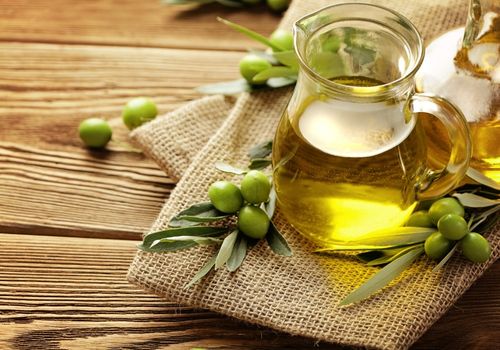
I have gotten a lot of questions about Worcestershire sauce but I would advise you to skip it. While Worcestershire sauce works great with beef ribs, it isn’t just a good option for pork ribs.
This is because beef ribs have a strong beef flavor. Due to this, the Worcestershire sauce won’t overpower the natural flavor profile of this meat. The same can’t be said for pork ribs.
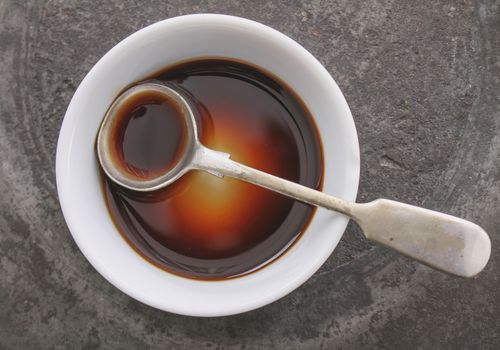
This is another popular option. It is because both apple cider vinegar and apple juice are often used to spritz or baste the rack while it is cooking. So, it is a rather natural addition to the recipe.
Also, when apple cider vinegar or apple juice evaporates, not much of the taste is left behind. Even if it is, apples complement pork beautifully.
You can certainly give this a try. If you do like to use a greater amount of dry rub on your meat, though, you should know that this vinegar or apple juice may not be the best option for you.
Using these liquids is essentially like spraying on water. While it will allow some of the ingredients to stick, it won’t work all that well as a binding agent.
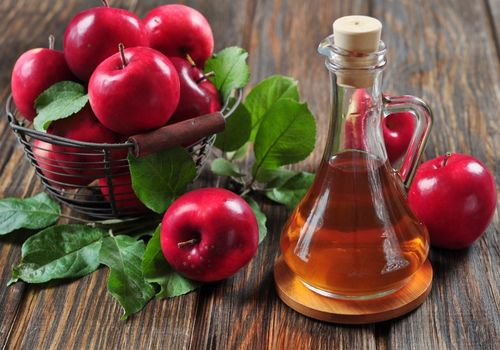
If you want your rib rack to have a bit of a kick to it, then I would definitely advise you to try hot sauce! Even though the liquid portion of the sauce will evaporate, ingredients like cayenne peppers will remain on the surface to add a delightful spark to your food.
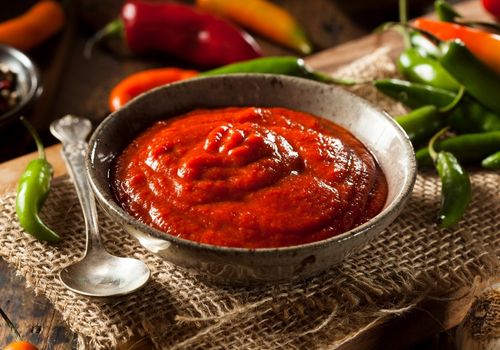
I would say that you should aim for about a tablespoon for each rack. This does depend on your feelings toward mustard, though.
If you don’t like the taste of mustard then I would suggest using less. This way, you can guarantee that the mustard taste will not be left behind.
Of course, you should take the size of the rack into consideration. If you want to cook baby back, then use less as the rack is smaller. You can use a bit more for St. Louis and spare ribs.
I do get a bit methodical about how I apply my mustard to the rack. This is because I like a nice, even layer on each side.
I squeeze about a tablespoon of mustard for each rack into a small bowl. Then, I use a pastry brush or a clean paintbrush to dip it into the mustard.
I then spread the mustard in an even layer throughout. After this, I apply the garlic powder, black pepper, etc. onto the rack.
If you find that your mustard is a bit too thick, I would suggest diluting it a little with a bit of distilled white vinegar or apple juice. This may make it easier to spread on the rack.
Well, there you have it – this is why you apply mustard to your rack before you cook it. Trust me, using mustard can really change the outcome. Don’t believe me? Go ahead and test this theory out for yourself! You and your guests will be able to taste the difference right away!